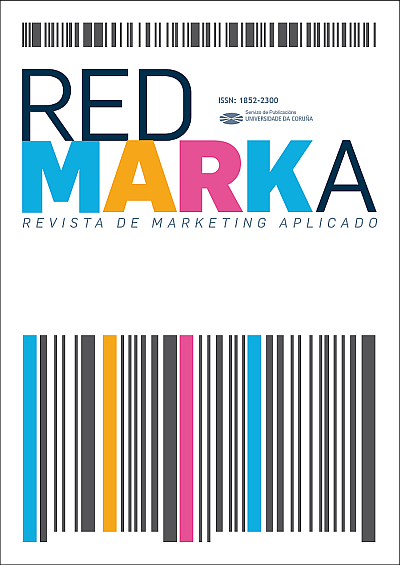The image of the candidates in the 2019 General Elections in Spain
Main Article Content
Abstract
The 1977 General Elections in Spain forced political parties to explain elementary questions such as “what it meant to vote”. In general terms, the projected image of the candidates was a “minor” issue, given the lack of democratic culture at the time. After 42 years after transition, the political and communicative context has changed, demanding a more complex approach.
Political parties are aware of the importance of building the public image of their candidates. In this work we analyse specifically the image of the main campaign poster that the candidates running for President in the 2019 General Elections of Vox, PP, C’s, PSOE, UP and the running Congress’ candidate for IU used. The objective of the work is to demonstrate, through a semiotic and content analysis, the relationship between the image of the candidate with the identity ideological values attributed to him.
Keywords:
Downloads
Article Details
References
Capriotti, P. (2013). Planificación estratégica de la Imagen Corporativa. Málaga: Instituto de Investigación en Relaciones Públicas.
Cárcamo Morales, B. (2018). El análisis del discurso multimodal: una comparación de propuestas metodológicas. Forma y Función, 31(2), 145-174.
Delli Caprini, M., & Williams, B. A. (2011). After broadcasting news. Nueva York: Cambridge.
Esquivel, D. (2019). Carteles electorales en la campaña 2019 en España. En Psicología para cambiar la política. Recuperado de: https://maquiaveloyfreud.com/carteles-electorales-campana-2019-espana
Kress, G., & Van Leeuwen, T. (2006). Reading Images: The Grammar of Visual Design. Londres: Routledge.
Hood, R. (2014). Presencia y actividad de los miembros del Consejo Superior de Investigaciones Científicas en ResearchGate y Academia.edu. Gallaecia, 6, 214-305. DOI: https://doi.org/10.1177/0093650214534963
Pena Álvarez, P. (2014). Las redes sociales como factor diferencial en el periodismo asiático. En S. Direito (Coord.), De los medios a los metamedios (pp. 104-163). Santiago: Iacobus.
Peris-Blanes, À., & Llorca-Abad, G. (2018). Los nuevos formatos audiovisuales en la comunicación política: redes sociales y entretenimiento televisivo. En A. Larrondo Ureta [Coord.]. Claves del periodismo político y la comunicación estratégica en el escenario comunicativo convergente (pp. 323-361). Bilbao: Universidad del País Vasco.
Richards, B. (2010). News and the emotional public sphere. En S. Allan [Ed.]. The Routledge Companion to News and Journalism. (pp. 301-311). New York: Routledge.
Ries, A., & Trout, J. (2002). Posicionamiento: la batalla por su mente. México: McGraw Hill.
Rodríguez Freire, J. (2001). El conflicto de los derechos audiovisuales en las retransmisiones deportivas en radio. El caso de la Liga de Fútbol Profesional. Vigo: Universidad de Vigo.
Seijo Romero, S., Pita Lois, L. D., & Bernáldez Figueroa, R. (2012). Comunicación institucional en la administración autonómica española. Orbis, 20, 168-181. Recuperado de: https://www.revistalatinacs.org/071/paper/1094/14es.html
Silvosa, N. (2018, julio 22). Treinta y tres titulaciones gallegas, en el ránking de las 500 mejores del mundo. La Voz de Galicia, p. 3. Recuperado de: https://www.lavozdegalicia.es/noticia/galicia/2018/07/22/treinta-tres-titulaciones-gallegas-ranking-500-mejores-mundomas-1200-universidades-seleccionadas/0003_201807G22P11992.htm
La Vanguardia, (12/04/2019) Los carteles Ikea. Recuperado de: https://www.lavanguardia.com/politica/20190412/461598426210/elecciones-generales-espana-2019-carteles-electorales-psoe-pp-ciudadanos-podemos-vox.html
Vico, M. E., & Lepe, J. C. (2019). El género del cartel político: sus principales características. Brazilian Journal of Information Design, vol. 16, núm. 2, 296-308.







